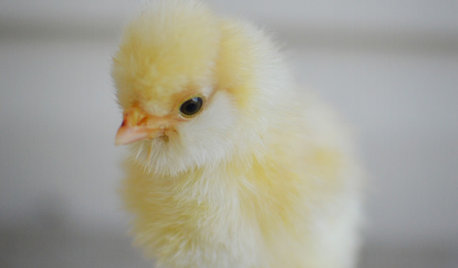Hello all, I'm new to the forum and to lawn care in general. Living in a rental house in Tampa. I have a dog who has skin allergies and is very sensitive to weeds. When we moved in, the yard was all dirt and weeds, so I split the cost of sod with the owner to try to help the dog's skin. The sod was installed the first week of march, Sapphire St Augustine.
I followed the instructions I received with the sod for watering, fertilizing, fungicide, and cutting. The landlord pays for a lawn guy to come and cut the grass, trim, etc. He does not apply any chemicals or treatments, I've been doing it all myself. A few weeks ago he advised me that the grass was getting too much water, so I cut back on the watering cycle to about every 3 days, rain dependent. The sprinklers run for an hour to try and saturate the sandy soil and encourage deep root growth.
The grass looked amazing for the first month and a half or so. All the dog's skin issues resolved, life was good. Over the last few weeks, one side of my lawn has deteriorated rapidly. There are large patches of brown grass and some of it is loose and pulling up. I am planning to apply a fungicide and have increased water to the yard slightly, but I want to make sure I'm doing the right things!
Please note, this is a rental house. I don't need a pristine lawn and I can't dump a ton of money into professional lawn care or anything of that nature.
I will try to post some pictures to follow up but I would love some friendly advice!










kwhunteruflOriginal Author
kwhunteruflOriginal Author
Related Professionals
Allen Landscape Architects & Landscape Designers · Sahuarita Landscape Architects & Landscape Designers · Edmond Landscape Contractors · Dickinson Landscape Contractors · Eagle Landscape Contractors · Fort Myers Landscape Contractors · Hayden Landscape Contractors · Melrose Park Landscape Contractors · Rancho Santa Margarita Landscape Contractors · Ronkonkoma Landscape Contractors · Roseville Landscape Contractors · Snoqualmie Landscape Contractors · South Hackensack Landscape Contractors · Reisterstown Landscape Contractors · Vadnais Heights Landscape ContractorsPKponder TX Z7B
kwhunteruflOriginal Author
dchall_san_antonio
kwhunteruflOriginal Author
drenrawr
dchall_san_antonio